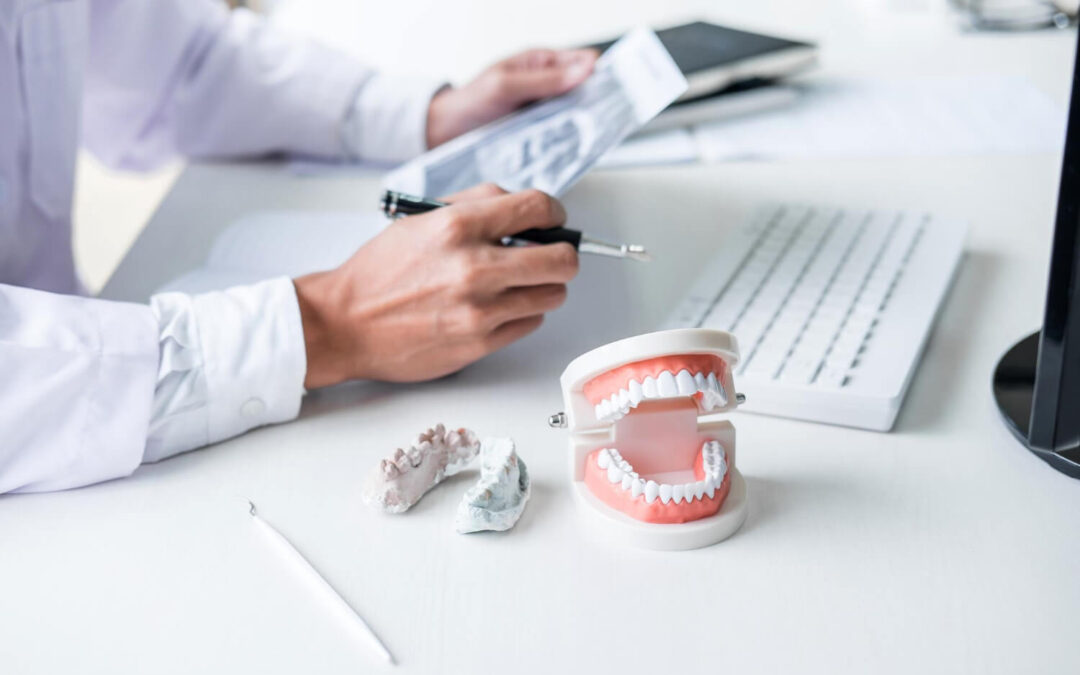Dental bonding
Dental bonding by a top dentist in Marvin and Waxhaw NC areas can transform your smile by reshaping uneven or misshapen teeth with a simple, effective procedure. Having a beautiful, symmetrical smile can make a big difference in how you feel about yourself. If you have uneven or misshapen teeth, it can affect your confidence and even how others perceive you. The good news is that modern dentistry offers several ways to fix these issues without the need for invasive procedures. One of the most popular and cost-effective methods is dental bonding. This procedure not only enhances the appearance of your teeth but can also help with minor functional issues like closing gaps and strengthening weak enamel.
In this guide, we’ll break down the dental bonding process step-by-step, explain how it works, and explore why it’s an ideal option for reshaping teeth to give you a more balanced smile.
What Is Dental Bonding?
Before diving into the details of how it reshapes teeth, let’s first define dental bonding. Dental bonding is a cosmetic dental procedure where a tooth-colored resin is applied to your teeth to correct imperfections. This resin is soft and malleable during the application but hardens after being exposed to a special light, creating a durable bond that mimics the natural appearance of your teeth.
Unlike more intensive procedures like veneers or crowns, dental bonding is a non-invasive, painless option for enhancing your smile. It’s a versatile treatment that can correct several cosmetic concerns, including reshaping uneven or misshapen teeth, closing gaps, fixing chips, and improving discoloration.
Step-by-Step: How Dental Bonding Reshapes Your Teeth
Now that you understand the basics, let’s walk through the entire dental bonding process. Here’s how it works when used to reshape your teeth.
Step 1: Consultation and Assessment
The first step in improving your smile with dental bonding is to schedule a consultation with your dentist. During this appointment, your dentist will assess your teeth, focusing on the areas you want to improve. They’ll check for any underlying dental issues, like cavities or gum disease, that might need to be addressed before cosmetic treatments can begin.
Your dentist will also discuss your desired outcome, such as making your teeth more symmetrical, smoothing uneven edges, or creating a more uniform smile. They may take X-rays or photos to get a clearer picture of what needs to be done.
Step 2: Choosing the Right Shade
One of the major benefits of dental bonding is that the resin can be customized to perfectly match the color of your natural teeth. Once the treatment plan is set, your dentist will use a shade guide to select the resin that blends seamlessly with your smile. This ensures that the bonded areas will look completely natural, creating a cohesive and aesthetically pleasing appearance.
Step 3: Preparation
The best part about dental bonding is that it requires very little preparation compared to other cosmetic procedures. In most cases, the dentist doesn’t need to remove any enamel or alter the tooth’s natural structure. No anesthesia is typically required unless the bonding is being used to fill a decayed tooth.
Your dentist may lightly roughen the surface of the tooth where the bonding material will be applied. This step helps the resin stick more effectively. Afterward, a conditioning liquid is applied to further enhance the bond between the tooth and resin.
Step 4: Application of the Resin
Once the tooth is prepped, your dentist will begin applying the resin to the surface of the tooth. The resin is soft and moldable at this stage, which gives your dentist the flexibility to sculpt it according to your desired tooth shape. Whether you want to lengthen a tooth, fix a crooked appearance, or reshape a tooth that looks out of place, this stage allows your dentist to carefully craft the perfect shape.
Step 5: Shaping and Sculpting
This is the most critical part of the process when it comes to reshaping your smile. Your dentist will mold and shape the resin to correct imperfections and create a more symmetrical look. This stage might take a bit of time as the dentist carefully sculpts the resin to ensure that it blends naturally with the surrounding teeth.
The goal here is to create a smooth, uniform shape that enhances the overall balance of your smile.
Step 6: Hardening the Resin
Once the resin is perfectly shaped, your dentist will use a special curing light to harden the material. This light activates the resin, turning it from a soft, pliable material into a hard, durable surface that bonds securely to your tooth.
The hardening process only takes a few seconds, and once complete, the bonded tooth is ready to function like a natural tooth.
Step 7: Polishing for a Natural Finish
After the resin is hardened, your dentist will make any final adjustments by trimming away any excess material and ensuring the bonded tooth is properly aligned with your bite. Finally, the bonded area is polished to give it a smooth, glossy finish that matches the natural sheen of your other teeth.
Why Dental Bonding with a Top Dentist is Great for Reshaping Teeth
Now that you know how dental bonding works, you might wonder why it’s such a popular choice for reshaping teeth. Here are some of the key benefits:
- Non-invasive and painless: Unlike crowns or veneers, dental bonding requires no major alterations to the tooth’s structure. This means no drilling or enamel removal is needed, making it a painless and stress-free option.
- Quick and convenient: The entire procedure can typically be completed in one visit, and most appointments take less than an hour per tooth.
- Cost-effective: Compared to other cosmetic dental treatments, dental bonding is relatively affordable, making it a great option for those on a budget.
- Natural-looking results: The resin material is carefully color-matched to blend with your existing teeth, ensuring the results look completely natural.
- Versatile: In addition to reshaping, dental bonding can address other concerns like chipped teeth, gaps, and even minor discoloration.
Caring for Your Bonded Teeth
While dental bonding provides an excellent cosmetic solution, it’s important to care for your bonded teeth to maintain their appearance and durability. Avoid habits like chewing on ice or using your teeth to open packages, as these can cause the bonding material to chip or wear down.
Additionally, follow good oral hygiene practices like brushing and flossing daily, and visit your dentist regularly to check on the bonded teeth. With proper care, the bonding can last anywhere from 3 to 10 years before needing to be touched up or replaced.
Dental bonding is an effective, affordable, and minimally invasive way to reshape uneven or misshapen teeth. By following the simple, step-by-step process of applying and sculpting resin, dentists can enhance your smile, creating a more symmetrical and aesthetically pleasing appearance. Whether you want to correct a single tooth or make several adjustments, this versatile treatment can help you achieve the smile you’ve always wanted without the need for more complex dental work.
So if you’re ready to improve your smile and boost your confidence, ask your dentist if dental bonding is right for you!
Work with the best dental bonding dentist in Marvin and Waxhaw NC
Marvin Dental Studio and Implant Center is your top boutique local dentist in Marvin NC. Call today, 704-243-8908, or book here to schedule your general, cosmetic, and emergency dental care needs.

